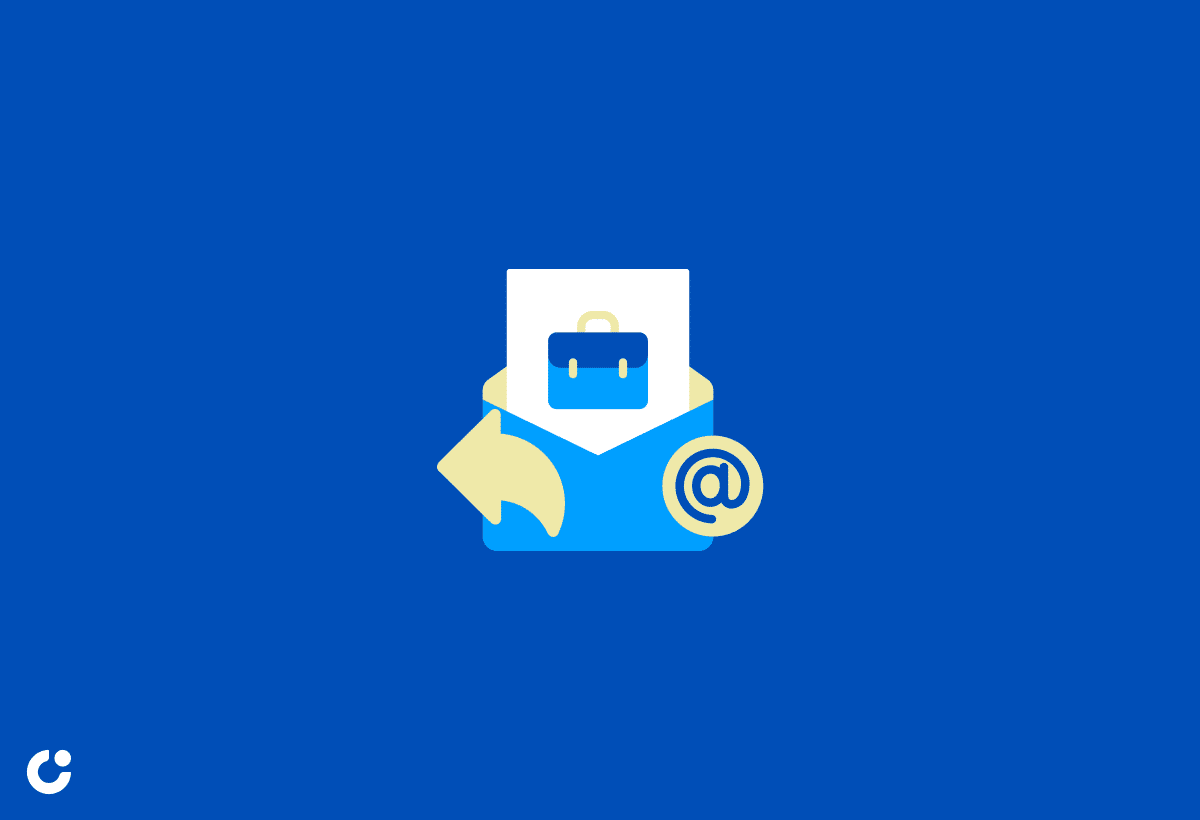Are you tired of sending cold emails that never seem to get a response? Do you want to improve your email marketing efforts and create messages that truly resonate with your target audience? You’ve come to the right place! In this blog post, we’ll guide you through the process of creating an effective cold email swipe file, which will not only save you time but also help you maintain consistency and learn from successful examples. Let’s dive in and transform your email marketing game!
Key Takeaways
- Create an effective cold email swipe file to save time and increase open rates.
- Personalize your emails with irresistible subject lines, establish relevance & value, incorporate social proof & testimonials and craft a clear call-to-action.
- Optimize by tracking metrics, A/B testing and adapting based on data & trends for successful campaigns!
Building Your Cold Email Swipe File: A Step-by-Step Guide

Cold emails are a powerful tool for reaching out to potential customers and clients. But crafting the perfect cold email can be a daunting task, especially when your inbox is filled with offers from businesses vying for attention. That’s where a well-organized cold email swipe file comes in handy! A swipe file is a collection of proven email templates and content that can serve as a valuable resource for your marketing efforts. A well-maintained swipe file not only saves time but also enhances the effectiveness of your email outreach campaigns.
To build a swipe file, you’ll need to start by collecting and organizing email templates that have worked for others in your industry. This can include templates from competitors, industry leaders, or even your own successful emails. It’s also essential to keep your emails relevant to your audience by providing specific examples and initiating a chat with the recipients. This step-by-step guide will set you on the path towards creating a comprehensive cold email swipe file, enhancing your marketing efforts and fostering a deeper connection with your target audience.
Why You Need a Cold Email Swipe File
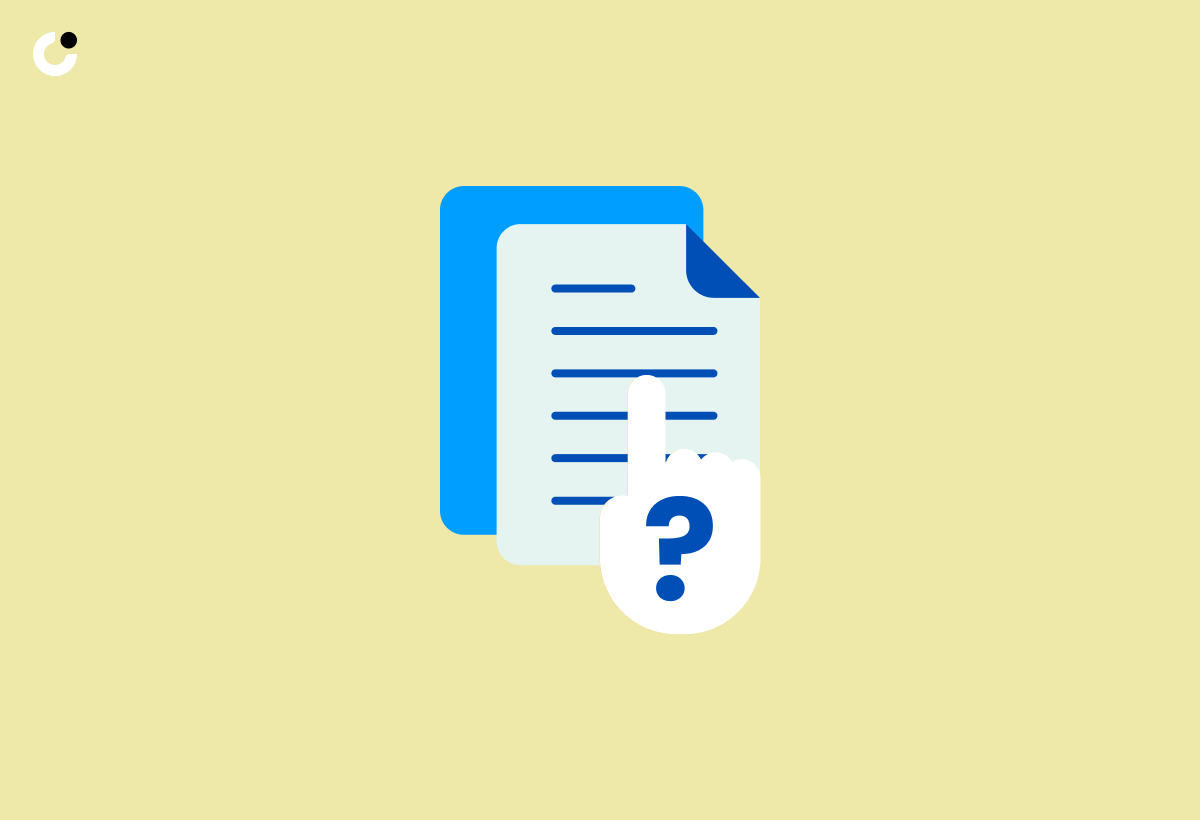
A well-organized cold email swipe file is a game-changer for any business. It can save you time and ensure consistency in your messaging, ultimately saving you money. The use of email templates significantly cuts down the time spent on crafting emails, freeing up more time for personalizing messages for each recipient. This is particularly important when emailing key decision-makers, such as CEOs and directors of marketing, as they receive a high volume of emails every day. Sending a personalized and relevant email can increase the chances of your message being seen in the right light, rather than ending up in the dreaded “I don’t know what to do with this” pile.
A cold email swipe file helps you strike the perfect balance between personalization and efficiency. Including successful examples enables you to glean insights from proven strategies and apply these winning tactics to your own email campaigns. So, if you want to boost your open rates, increase engagement, and ultimately get better results from your cold email outreach, investing in a swipe file is the way to go!
Collecting Proven Cold Email Templates
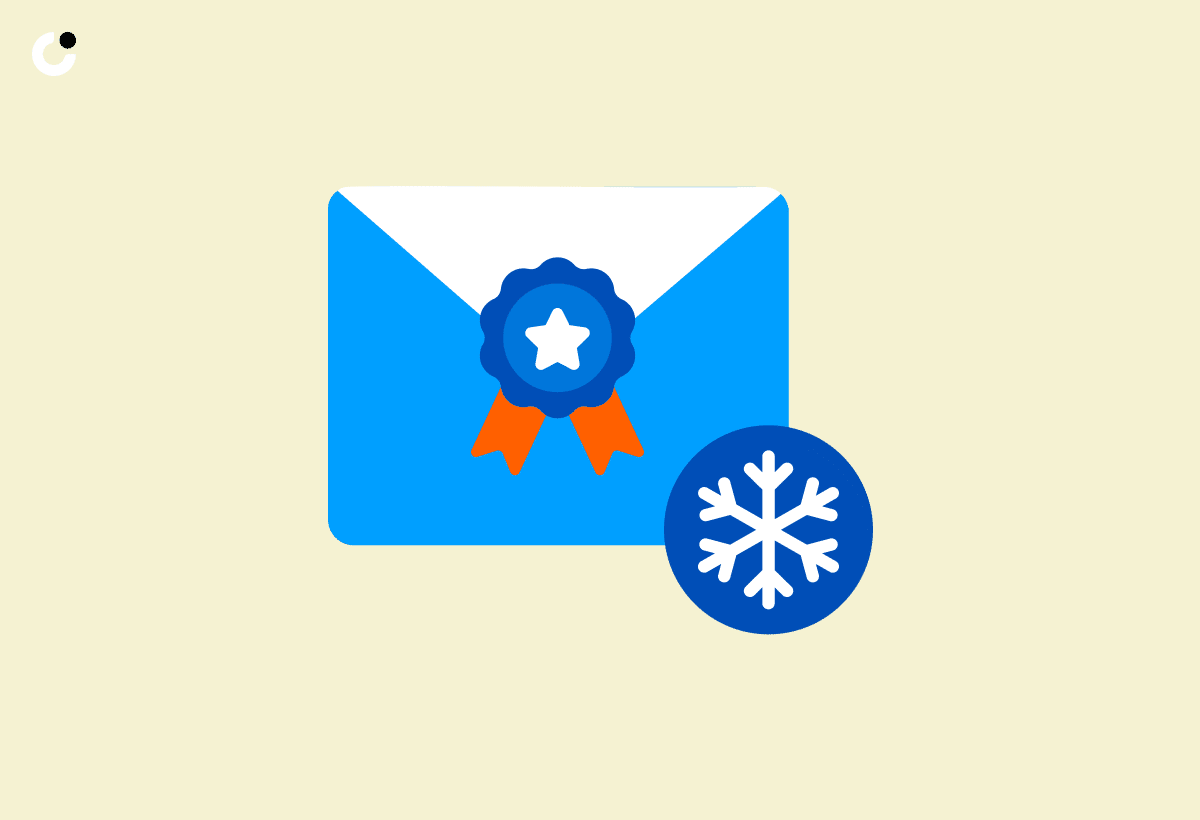
To build a solid swipe file, you need to start by gathering effective cold email templates from various sources. One excellent place to find high-quality templates is on websites such as:
These resources can provide you with examples of top-performing emails used by successful companies, giving you a strong foundation for your own client email campaigns.
In addition to online resources, you can also ethically collect cold email templates from your competitors. Stay informed by signing up for their newsletters, subscribing to their blogs, or attending industry conferences and webinars. By staying ahead of the game, you can learn from their strategies and continually refine your own approach.
Once you’ve gathered a collection of proven templates, analyze them to identify the elements that make them successful. This will help you craft effective emails and streamline your outreach process.
Organizing Your Swipe File for Easy Access

Now that you have a collection of proven cold email templates, it’s time to organize them for easy access. Here’s how:
- Utilize cloud storage platforms like Google Drive or Evernote to save and categorize your swipe files.
- Create folders or categories within your swipe file, such as industry, target audience, or purpose, to quickly find the right templates for your needs.
- Use descriptive file names or tags.
- Regularly update and review your swipe file to ensure it remains relevant and useful.
By organizing your swipe file effectively, you’ll be able to easily locate the exact templates you need when crafting your cold emails. This not only saves time but also increases the efficiency of using the swipe file in your email marketing efforts. With your swipe file organized and ready to go, you’ll be well-prepared to craft compelling cold emails that resonate with your target audience.
Crafting Irresistible Subject Lines
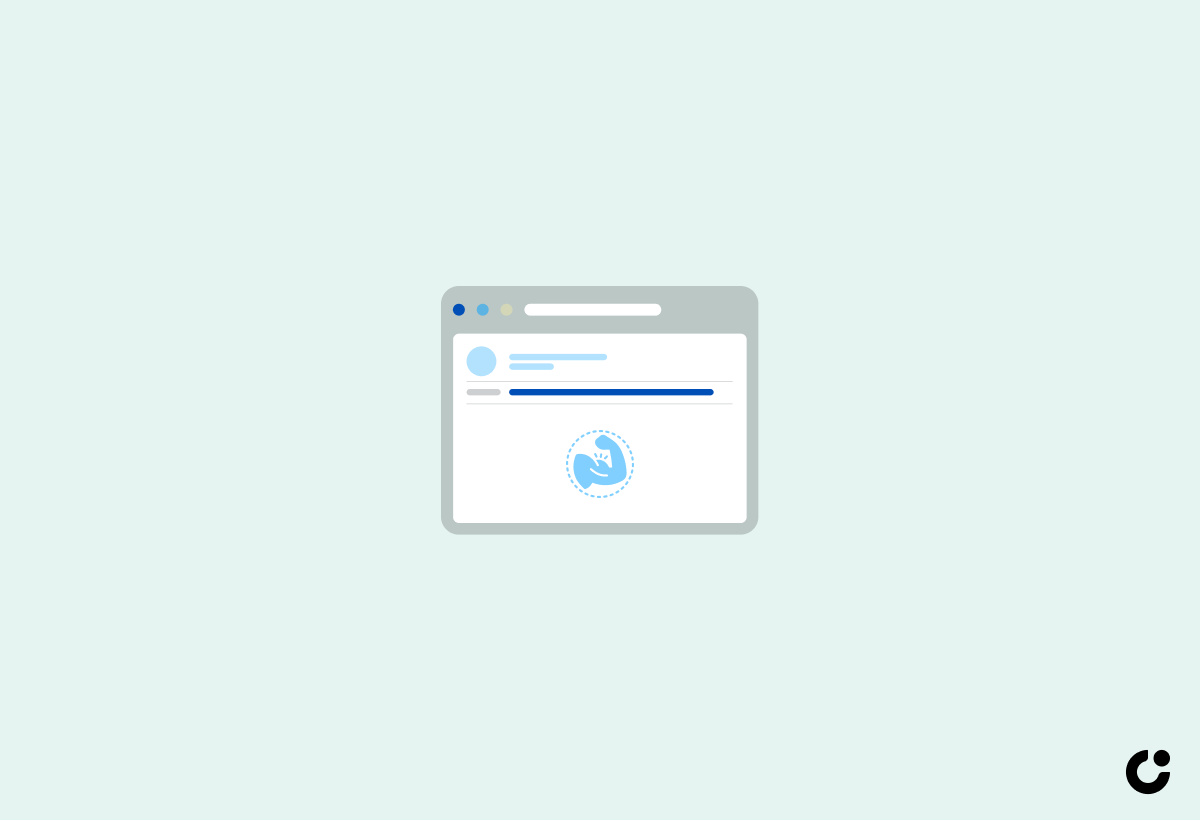
The subject line is often the first thing your recipients see when they receive your cold email. A captivating subject line can make all the difference between an opened email and one that gets lost in the inbox abyss. To increase your open rates, it’s crucial to create subject lines that not only grab the attention of your recipients but also make them want to read more.
This section delves into two key elements that aid in crafting irresistible subject lines: personalization and instilling a sense of curiosity and urgency. Incorporating these elements into your subject lines increases the likelihood of capturing your recipients’ interest, encouraging them to open and engage with your email. Writing effective subject lines is crucial for successful email campaigns.
The Power of Personalization

Personalization can significantly boost email open rates. In fact, emails with personalized subject lines have an open rate that’s more than 20% higher than those with generic or non-personalized subject lines. So, how do you create a personalized cold email subject line? It’s simple:
- Use the recipient’s name
- Mention a specific challenge they may be facing
- Offer a personalized incentive
- Keep the subject line short and clear.
Addressing the recipient by name and including personalized details lends the email a unique, compelling feel as if it were a correspondence tailored just for the right person. This not only increases engagement rates but also helps build trust with the recipient, ensuring your message is more likely to be read and acted upon.
Creating Curiosity and Urgency
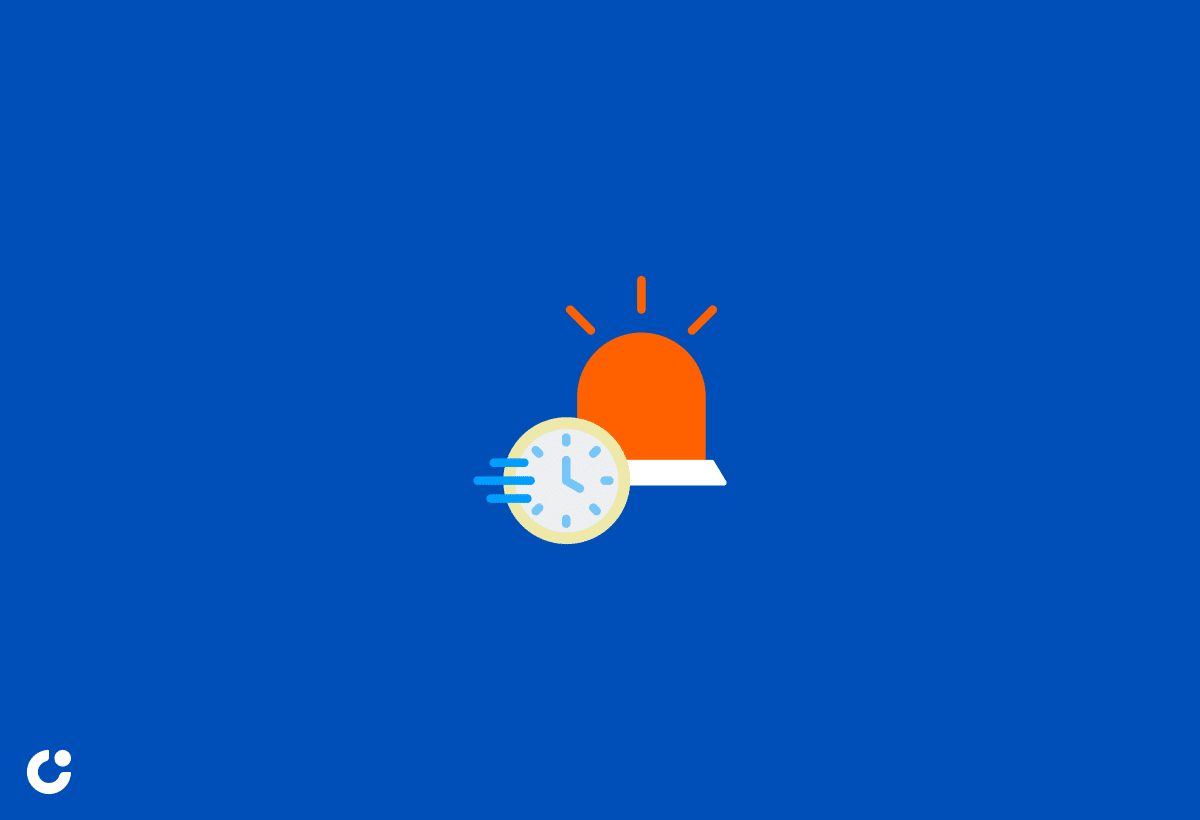
Curiosity and urgency are two powerful forces that can drive email open rates. By crafting subject lines that evoke curiosity or create a sense of urgency, you can motivate recipients to open your emails and take immediate action. To capture your audience’s attention, try using phrases like:
- “Limited time offer”
- “Exclusive offer”
- “What if you could…”
- “Discover the secret to…”
These phrases stir up curiosity and encourage swift action, increasing the likelihood that your emails or phone messages will be opened and recipients will respond, ultimately boosting sales.
Incorporating curiosity and urgency in your subject lines not only boosts your open rates but also instills a sense of excitement and anticipation around your emails. This can lead to higher engagement and ultimately, more successful email campaigns.
Mastering Cold Email Body Copy
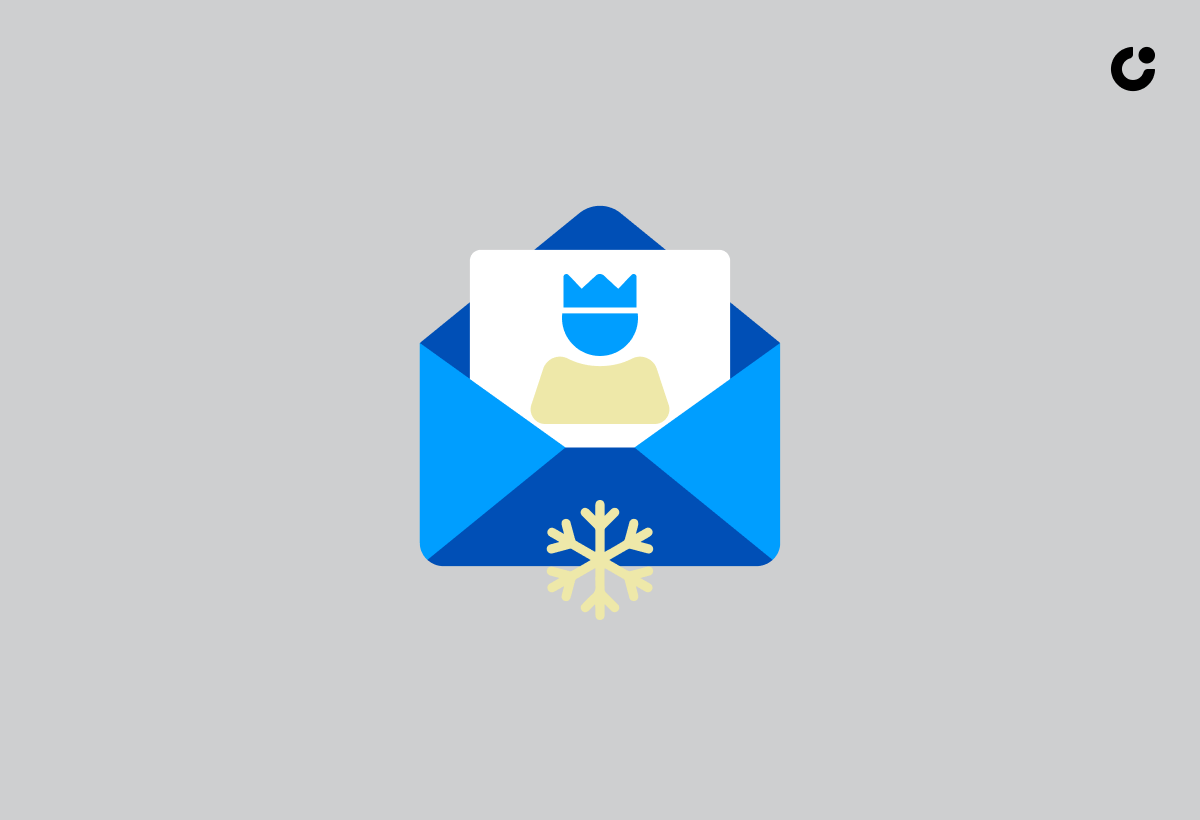
Once you’ve crafted a captivating subject line, it’s time to focus on the body of your cold email. The body copy is where you need to establish relevance, demonstrate value, and persuade the recipient to take the desired action. This section discusses three key components of compelling cold email body copy: establishing relevance and value, incorporating social proof and testimonials, and crafting a clear and compelling call-to-action.
Mastering these components sets you on the path to create cold emails that not only capture the attention of your recipients but also stimulate engagement with your message and prompt the desired action, covering the whole thing.
Establishing Relevance and Value
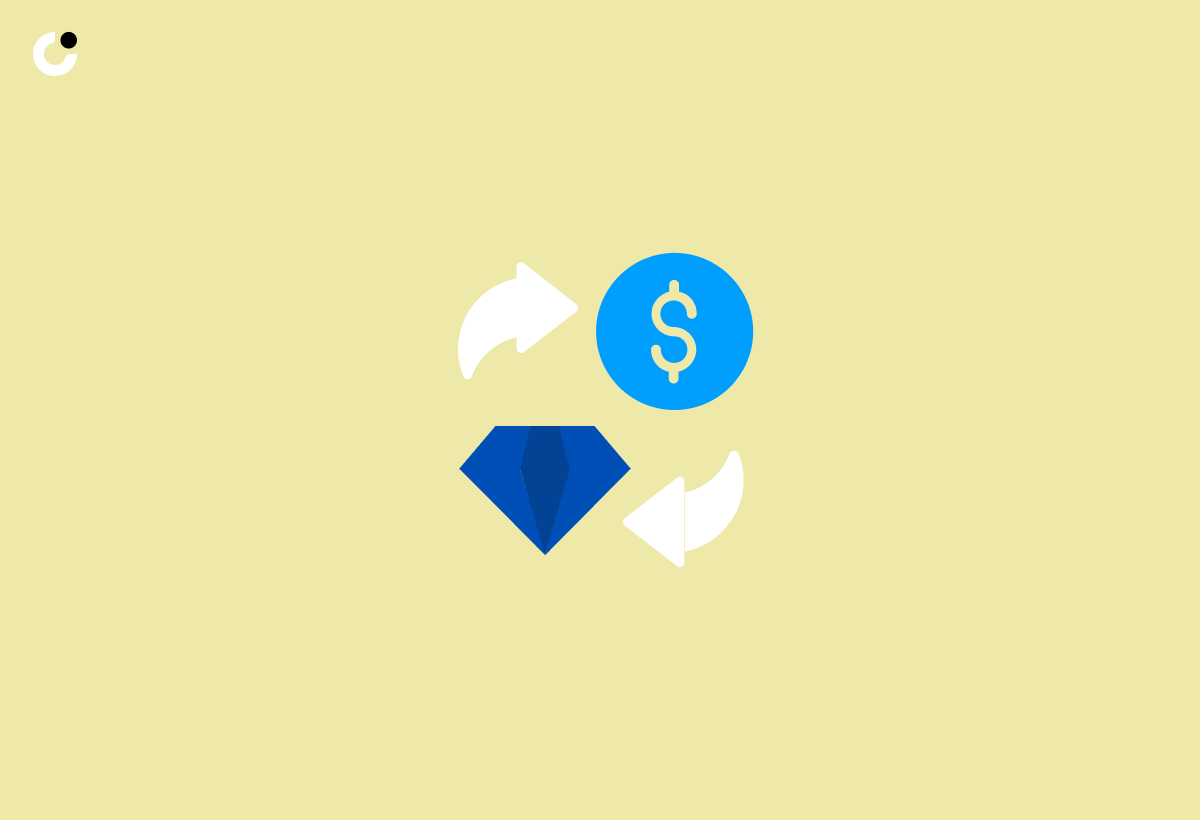
The first step in crafting a compelling cold email body copy is to show the recipient how your offer is relevant and valuable to their needs and goals. To do this, you can:
- Customize the message to their needs
- Validate yourself
- Address their pain points or offer something they want
- Personalize the message
- Add social proof or mention mutual connections
Demonstrating your understanding of the reader and their objectives not only imbues your cold email with relevance, but also positions you as a partner for success. Establishing relevance and value in your cold emails is crucial for capturing the attention of your recipients and encouraging them to engage with your message.
Incorporating Social Proof and Testimonials

Social proof is a powerful tool that can be used to establish credibility and trust with the recipient. By including testimonials, reviews, or endorsements from satisfied customers or industry experts, you can provide evidence that others have already found value in the product or service being offered. This can increase the recipient’s confidence in your offer and make them more likely to take the desired action.
When incorporating testimonials in a cold email, follow these tips:
- Keep them short and direct
- Make them believable
- Use visual cues
- Tailor the message
- Include a clear call-to-action
Leveraging testimonials in this manner can enhance the effectiveness of your cold emails and foster trust amongst your recipients.
Crafting a Clear and Compelling Call-to-Action
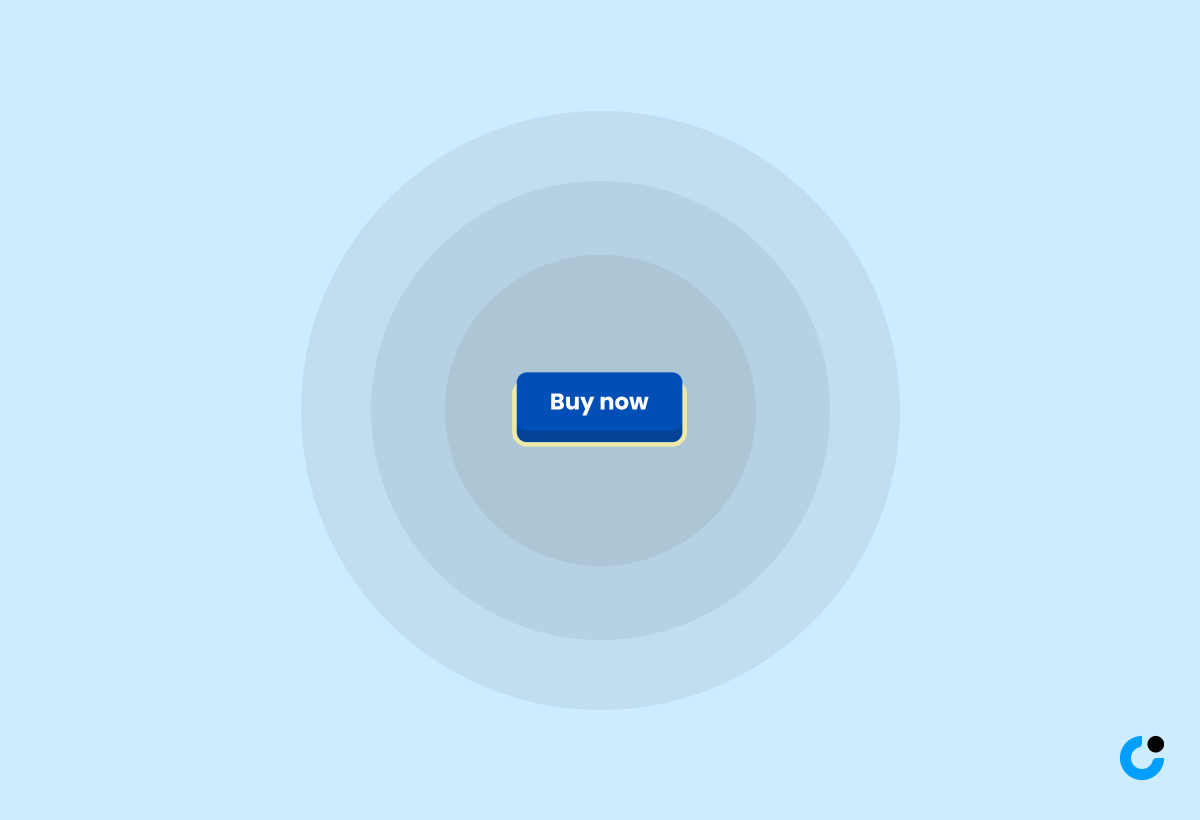
A clear and compelling call-to-action (CTA) is the final, crucial component of an effective cold email. Your CTA should guide the recipient towards the desired outcome, whether it’s clicking a link, scheduling a call, or making a purchase. To create a CTA that drives results, use action-oriented text, inform the recipient of the next step to take, and explicitly specify the desired action.
A visually appealing and user-friendly layout can also powerfully guide users towards the desired action while minimizing distractions. Crafting a clear and compelling CTA not only heightens the likelihood of your recipient taking the desired action, but also bolsters the overall effectiveness of your cold email campaign.
Optimizing Your Cold Email Strategy
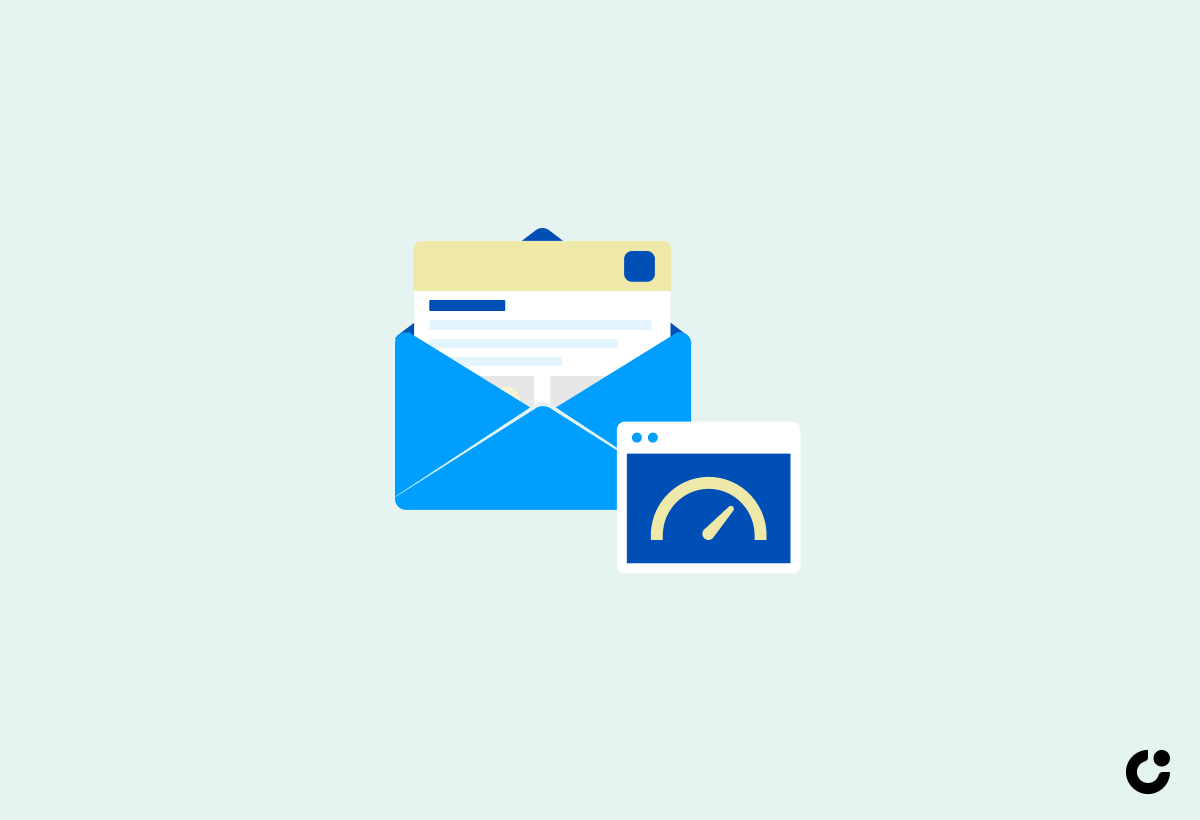
Continuously optimizing your cold email strategy is crucial for long-term success. This section discusses three key tactics for optimizing your cold emails: tracking and analyzing key metrics, A/B testing, and adapting and evolving your swipe file based on collected data and industry trends. By implementing these tactics, you’ll be able to fine-tune your email campaigns and maximize your results.
Remember, the key to a successful cold email strategy lies in continuous improvement and adaptation. By monitoring key metrics, testing different approaches, and updating your swipe file, you’ll be able to stay ahead of the game and consistently deliver high-performing cold emails.
Tracking and Analyzing Key Metrics
To optimize your cold email strategy, it’s essential to track and analyze key metrics such as:
- Open rates
- Reply rates
- Click-through rates (CTR)
- Bounce rates
Monitoring these metrics allows for quick identification of successful elements and areas needing adjustment.
Armed with this data, you can optimize your email content, subject lines, targeting, and overall outreach strategy to maximize engagement and get the best results. Tracking and analyzing key metrics is crucial for understanding the success of your cold email campaigns and making data-driven improvements.
A/B Testing Your Cold Emails
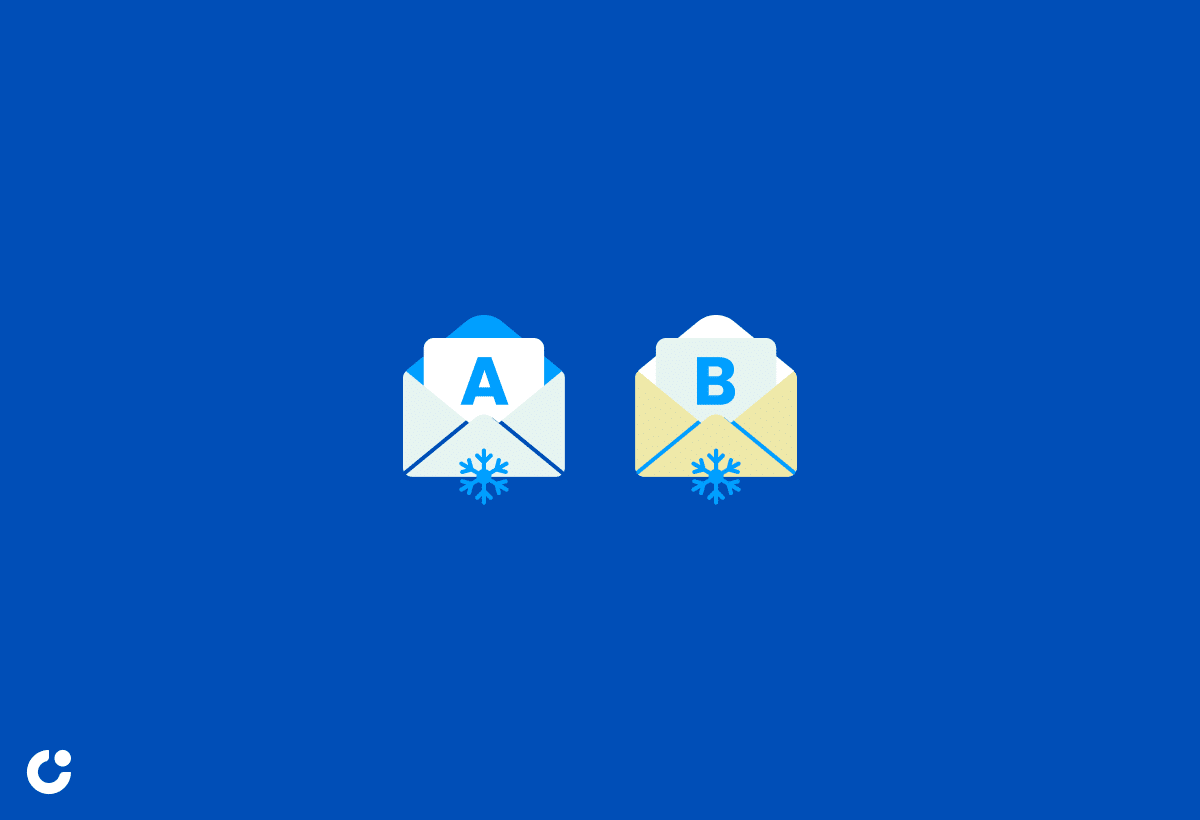
A/B testing is an invaluable tool for optimizing your cold email strategy. By testing different versions of your emails, you can compare their performance and determine which ones have the highest open, click-through, and response rates. A/B testing can uncover exciting performance variations in subject lines, sender names, email copy, calls-to-action, personalization, timing, design, and follow-up strategies.
To analyze the results of your A/B tests, follow these steps:
- Define your key metrics.
- Split your audience into two groups.
- Track and measure the performance of each group.
- Calculate the statistical significance of your results.
- Draw conclusions based on the data.
Insights from your A/B tests enable data-driven decisions and continuous refinement of your cold email strategy for enhanced results.
Adapting and Evolving Your Swipe File
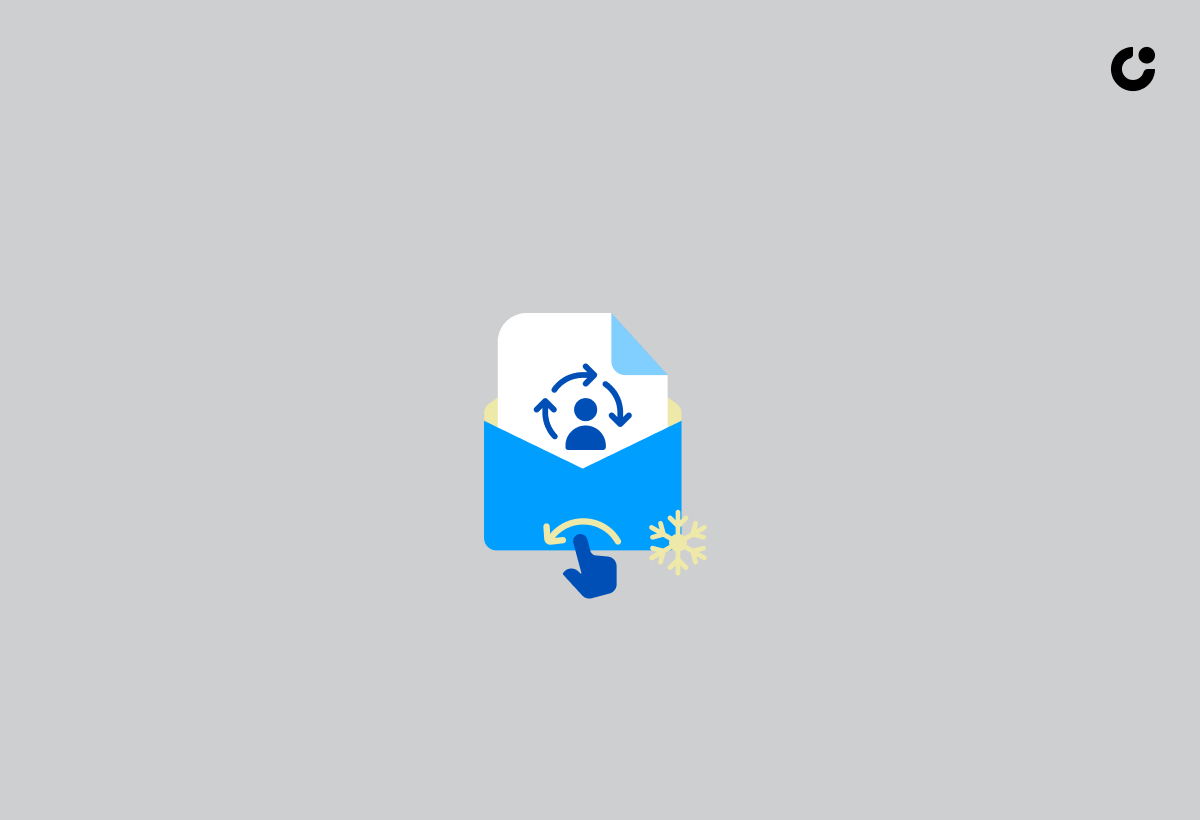
It’s vital to adapt and evolve your swipe file in response to the tracking of key metrics, conducting A/B tests, and data gathered on your cold email campaigns. Keep an eye on industry trends and update your swipe file with new templates, subject lines, and email copy that reflect the latest best practices. By staying up-to-date and adapting your swipe file, you’ll ensure that your cold email strategy remains effective and relevant.
Don’t be afraid to experiment with new approaches and learn from successful examples. As you continue to refine your cold email strategy, you’ll be better equipped to connect with your target audience and achieve your marketing goals.
Summary
In conclusion, building an effective cold email swipe file and optimizing your email strategy are crucial steps towards improving your email marketing efforts. By collecting proven templates, crafting irresistible subject lines, mastering cold email body copy, and continuously optimizing your strategy, you’ll be able to connect with your target audience and drive results.
Remember, the key to a successful cold email campaign lies in continuous improvement and adaptation. By staying up-to-date with industry trends, tracking key metrics, and refining your approach, you’ll be well on your way to crafting high-performing cold emails that resonate with your audience and help you achieve your marketing objectives.
Frequently Asked Questions
Is it legal to send cold emails?
Yes, sending cold emails is not illegal in the US. However, you must comply with CAN-SPAM regulations, such as providing accurate information, your physical address, and an unsubscribe link.
How do I cold email without getting banned?
To send cold emails without getting blocked or banned, authenticate your emails, warm up your email account, create a hyper-targeted list, personalize content, avoid spam-triggering words, and limit the number of links in your emails. Make sure to turn off opt-out links and tracking, verify all addresses before sending, and use different content across multiple email domains.
What is a cold email swipe file?
A cold email swipe file is a great time-saver, providing proven email templates and content for effective marketing. With consistent messaging and lessons from successful examples, it's a must-have resource for any business.
How can I create personalized and captivating subject lines for my cold emails?
Personalize your subject lines with the recipient's name, address a challenge they face, offer an incentive, and keep it short and clear. This will create captivating subject lines for your cold emails.
What are the key components of an effective cold email body copy?
An effective cold email body should start with a clear conclusion that motivates the reader, establish relevance and value, incorporate social proof and testimonials, and end with a compelling call-to-action.

